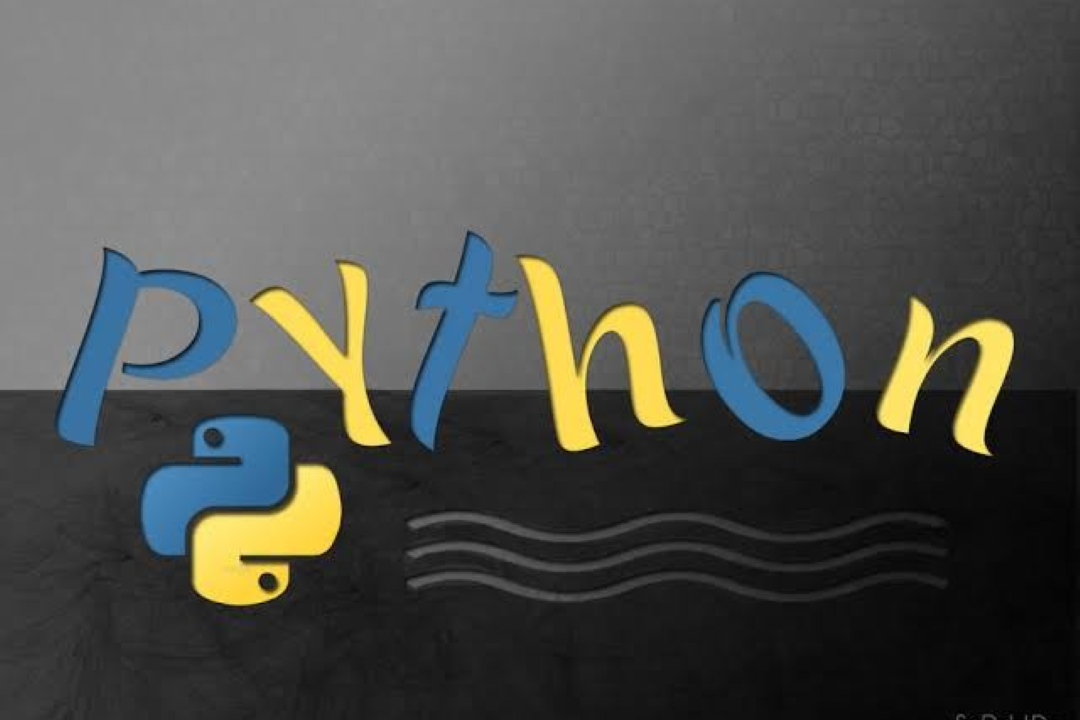File Handling In Java Interview Questions
file handling in Java: common interview questions
File Handling In Java Interview Questions
In Java, file handling allows you to read from and write to files stored on the system. Some common interview questions related to file handling in Java may include topics like how to create and write to a file, read from a file, handle exceptions while working with files, different file input-output streams available in Java, and how to close files properly after use to avoid memory leaks. It's also important to be familiar with concepts like file paths, file permissions, and handling different file formats in Java.
To Download Our Brochure: https://www.justacademy.co/download-brochure-for-free
Message us for more information: +91 9987184296
1 - What is the difference between FileReader and FileInputStream in Java?
FileReader and FileInputStream are both classes used for reading data from files in Java. The main difference between them is that FileReader is designed for reading textual data while FileInputStream is used for reading binary data. FileReader is used to read character files, whereas FileInputStream is used to read byte oriented data like images or videos.
2) How can you check if a file exists in Java before reading or writing to it?
In Java, you can check if a file exists using the exists() method provided by the File class. You can create a new File object with the path of the file and then call the exists() method on it to check if the file exists.
3) What is the purpose of the BufferedWriter and BufferedReader classes in Java file handling?
BufferedWriter and BufferedReader classes in Java are used to improve the performance of reading and writing to files by using buffering mechanisms. BufferedWriter is used to write large text files efficiently by buffering characters and writing them in chunks. BufferedReader similarly reads characters from a file in chunks, which helps in reducing the number of IO operations.
4) How can you write to a file in Java using FileWriter?
To write to a file in Java using FileWriter, you can create a new FileWriter object with the path of the file and then use the write() method to write data to the file. After writing data, make sure to close the FileWriter object using the close() method to release system resources.
5) When should you use FileInputStream over FileReader class in Java?
You should use FileInputStream over FileReader in Java when you need to read binary data or non text files like images, videos, or executable files. FileInputStream is designed to read raw bytes from a file, making it suitable for reading binary data efficiently.
6) How can you read a file line by line in Java using BufferedReader?
To read a file line by line in Java using BufferedReader, you can create a new BufferedReader object with the FileReader object for the file. Then you can use the readLine() method on the BufferedReader object to read each line of the file sequentially until the end of the file is reached.
7) Explain the difference between FileOutputStream and FileWriter classes in Java file handling.
FileOutputStream and FileWriter are both classes used for writing data to files in Java. The main difference between them is that FileOutputStream is used for writing raw bytes to a file, while FileWriter is used for writing character oriented data to a file. FileOutputStream is suitable for writing binary data efficiently, whereas FileWriter is used for writing textual data.
8) How can you read a file in Java using FileInputStream?
To read a file in Java using FileInputStream, you can create a new FileInputStream object with the path of the file. Then you can use the read() method on the FileInputStream object to read bytes from the file sequentially. It is recommended to read data in chunks for better performance.
9) What is the purpose of the RandomAccessFile class in Java file handling?
RandomAccessFile class in Java is used to read and write data to a file in a random manner, allowing the user to directly access any part of the file. It provides methods for both reading and writing data at a specific position within the file, making it useful for scenarios where random access to file data is required.
10) How can you append data to a file in Java using BufferedWriter?
To append data to a file in Java using BufferedWriter, you can create a new BufferedWriter object with the FileWriter object in append mode. By passing true as the second argument to the FileWriter constructor, you can open the file in append mode, allowing you to append data to the existing content of the file without overwriting it.
Browse our course links : https://www.justacademy.co/all-courses
To Join our FREE DEMO Session: Click Here
Contact Us for more info:
- Message us on Whatsapp: +91 9987184296
- Email id: info@justacademy.co
Java Basic Questions For Freshers
Oracle Java Developer Interview Questions
Android Mobile Testing Interview Questions
Facebook Ads Interview Questions












